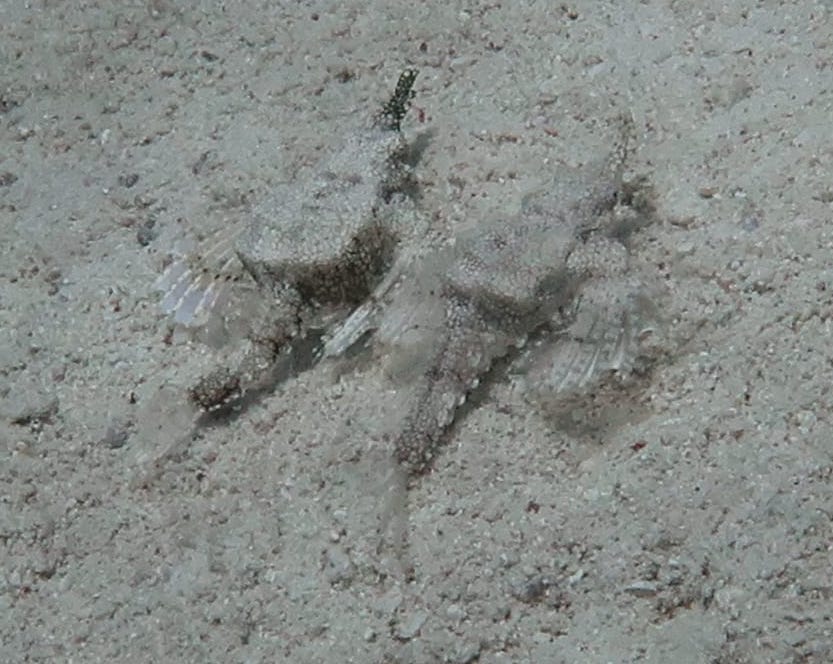Blog

Fish ID: The short dragonfish
- by Cindy
-
in Blog
-
Hits: 1594
Discover the mysterious "short dragonfish" also called "little dragonfish"
WHAT IS THIS LITTLE DRAGONFISH? WHAT DOES IT LOOK LIKE?
Still little known and little studied, this article aims simply to tell a little more about the "little dragonfish" or "short dragonfish". The little dragonfish is found in the tropical waters of the Indo-Pacific, including the Red Sea. It is a member of the Pegasidae family. It is a tropical flatfish that can measure up to 10cm long.
IdentityWhere to find them?The short dragonfish is found in the tropical waters of the Indo-Pacific, including the Red Sea.
It is a marine fish, which can live in depths ranging from 3 to 90m but mainly lives between 35 and 90m. What size are they?It is still very little known and studied, so the variation in its size once it reaches adulthood is still unknown, but those that have been reported are all on average 10cm. How do they reproduce?The little dragonfish appear to be monogamous (as you can see on the picture), reproducing in 'pairs'. Once they reach term, they release their eggs. In several aquaria, their reproduction has been observed when pairs rise about 50 cm above the substrate, their ventral surfaces facing each other, releasing gametes on an ascent before descending. As the pairs rest on the substrate, the male continues to follow his mate. The release of gametes follows. Reproduction has only taken place within the 'pairs'. . |
what do they eat?They are opportunistic feeders, which means that they mainly collect prey that they can find within their reach, for example crustaceans and worms. How do they hide?The short dragonfish is very difficult to spot because it is a species that particularly likes sandy, gravelly, shell debris or muddy bottoms. In addition, it buries part of its body in the ground, which makes it even more difficult to find. It lives in lagoons, bays or estuaries. What do they look like?Its body is 'armoured', light brown with white spots and it can 'unfold' its pectoral fins like wings. These are greenish-blue in colour. Its head, seen from above, is elongated and triangular, its eyes appear large and its mouth very small. It is still very little known and studied, so the variation in its size once it reaches adulthood is still unknown, but those that have been reported are all on average 10cm.
|
Comments
- No comments found




Leave your comments